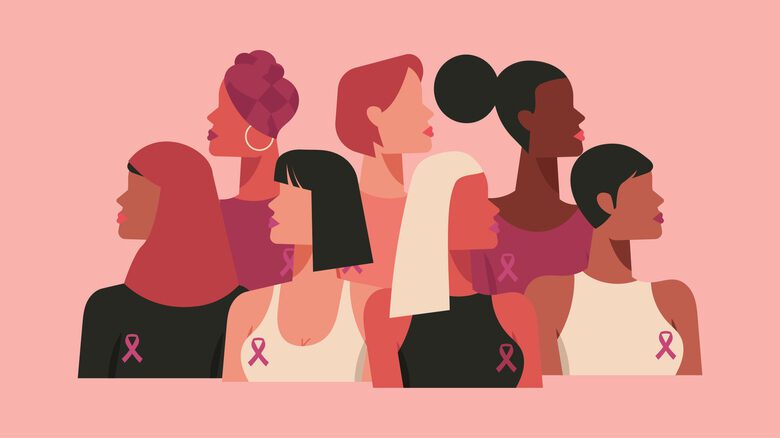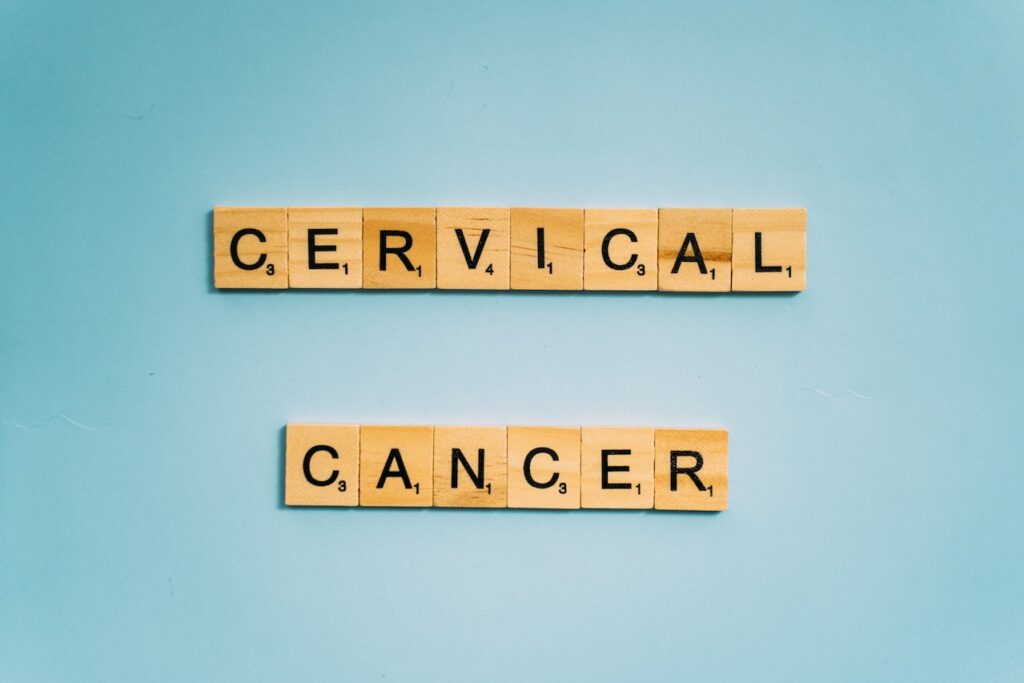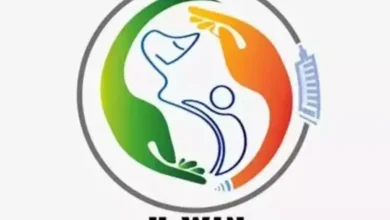Women of Asia at higher risk of breast and cervical cancers: Study
Breast cancer is further anticipated to climb by 20.9 per cent in Asia between 2020 and 2030, while death will rise by 27.8 per cent.

The report titled ‘Impact and Opportunity: The Case for Investing in Women’s Cancers in Asia-Pacific has found that women in the Asia Pacific (APAC) region are at disproportionately higher risk of developing breast and cervical cancers when compared to those worldwide. The report was released by the Economist Impact, commissioned by the Asia-Pacific Women’s Cancer Coalition. The study probes the burden, care pathways and policy environment surrounding these cancers, with a focus on six countries in the region – India, Indonesia, Malaysia, Philippines, Thailand and Vietnam.
The report also addresses limited awareness, stigma, and lack of access to quality and timely screening, diagnosis, treatment, and care services, women in low- and middle-income countries have inferior outcomes when it comes to breast and cervical cancers.

In 2020, Asia represented 45% of the 2.3 million global breast cancer cases and over half of the cervical cancer cases, breast cancer mortality is also rising in all countries of the region, predicted to rise by nearly 20% by 2025 ( compared to 2020) in countries such as Indonesia and the Philippines.
According to a report breast cancer is further expected to climb by 20.9 per cent in Asia between 2020 to 2030, while the death rate will rise by 27.8 per cent. At the same time, the incidence of cervical cancer is anticipated to rise by 18.9 per cent, while death will rise by 24.9 per cent. Breast cancer was found to be the fourth most common cancer in India at 26.3 per cent.
The study’s authors said that there are a number of factors that may contribute to the higher risk of breast and cervical cancer in Asia. These factors include:
- Early age at first birth: Women who have their first child at an early age are more likely to develop breast cancer.
- Late initiation of screening: Women who do not start screening for cervical cancer until they are older are more likely to develop the disease.
- Diet: A diet high in processed foods and red meat is associated with an increased risk of breast cancer.
- Lack of physical activity: Physical activity can help to reduce the risk of breast and cervical cancer.
- Genetics: Some women are more genetically at risk of developing breast and cervical cancer.
The Economist Impact white paper
The Economist Impact paper mentioned several crucial trends in cancer prevention, diagnosis, treatment, and education across the Asia-Pacific region. It is supplemented with country-specific case studies highlighting areas of excellence and priority areas for action in various nations to inform policymakers and health authorities.
Increase political focus on women’s cancers
Eventually, the white paper focuses on eight primary recommendations. These highlight a need to better track policy and programme outcomes, implement alternative healthcare funding models, increase political focus on women’s cancers, and create tailored healthcare programmes that cater to the diverse population of the region.
Rise of Breast cancer in India
India has seen a 40 per cent increase in breast cancer cases in the past two decades according to the report. The survival rate of patients with breast cancer is poor in India as compared to Western countries due to earlier age at onset, late stage of disease at presentation, delayed initiation of definitive management and inadequate treatment.
In India, nearly 70 per cent of cervical cancers are diagnosed at advanced stages, making treatment more difficult and expensive and decreasing the chances of survival. Moreover, cervical cancer patients in India spend Rs 4,042 to Rs 23,453 per patient and the cost of treatment results in nearly 62 per cent of patients incurring catastrophic health expenditures.
Please, also have a look into : Indian Women’s Cricket Team wins first-ever gold in Asian Games 2023


